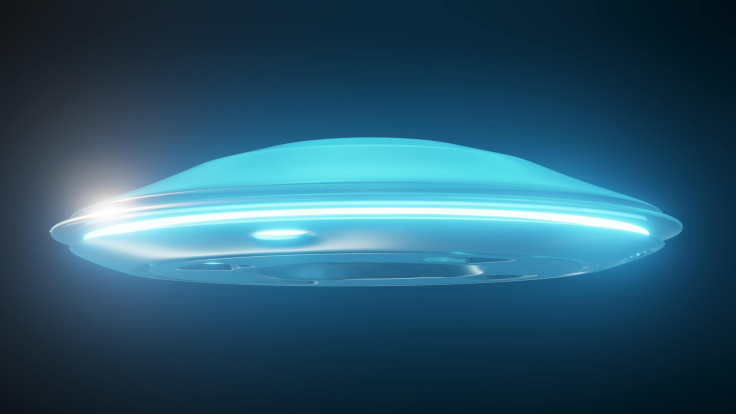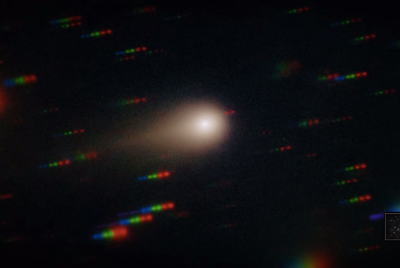3I/ATLAS' Lack of Debris After Passing the Sun Spark Speculations That It Could Be an Alien Mothership
New evidence show that 3I/ATLAS isn't behaving like other comets

New evidence around 3I/ATLAS has raised fresh questions. Astronomers watched an interstellar visitor behave in unusual ways near our Sun. Observers noted no debris, no fragments, and no clear damage after a harsh solar encounter.
These findings came after NASA listed 3I/ATLAS as a comet. Experts now explore new ideas since normal comet behaviour does not match current data. This unusual pattern has pushed some researchers toward bold claims about possible artificial activity.
READ MORE: LA Marzulli On 3I/ATLAS: Is Harvard Leading Us Into A Trojan Horse?
READ MORE: NASA Missions Monitor 3I/ATLAS: Explosion Of The Ion Tail Grows
What is 3I/ATLAS?
NASA described 3I/ATLAS as an interstellar object. Officials cited a hyperbolic orbit that came from outside our solar region. NASA stated that 3I/ATLAS would remain far from Earth during its passage.
Agency data placed its closest Earth distance at roughly 1.8 AU. Closest approach near our Sun occurred on 30 October 2025 at about 1.4 AU. NASA expected faint visibility from September then renewed viewing during early December.
Fresh analysis challenges earlier assessments. Experts normally classify comets through clear features. These include shedding, fragmentation, and dust production.
3I/ATLAS showed none of these traits after its solar pass. Reports also highlighted an anti-tail and radio activity that remains unexplained. These anomalies added pressure on earlier comet labels.
3I/ATLAS Lacks Debris Even After Passing the Sun
New findings point toward a fully intact body. LADbible noted that no fragments or debris fell from 3I/ATLAS during recent checks. Astronomers David Jewitt and Jane Luu used Spain's Nordic Optical Telescope for detailed work.
They reported that '3I/ATLAS continues as an active, single body, with no evidence for breakup following the recent perihelion passage'.
Their observations showed a bright coma around one compact mass. Gas streamed outward in two directions during the passage. One jet moved inward while another moved outward.
Reports called this pattern uncommon for any comet. Media summaries described a growing set of baffling traits. These remarks came after earlier unexplained features around 3I/ATLAS.
Comets Should Have Debris After Passing the Sun
NASA explained how normal comets behave near the solar heat. Agency material stated that 'usually, when a comet's orbit brings it close to the Sun, it heats up and spews dust and gases into a giant glowing head larger than most planets'.
NASA added that this dust forms a long tail. Such shedding happens because solar energy removes surface ice. Debris often spreads along a comet's path after strong warming.
Experts rarely see a comet remain intact after solar exposure. Fragmentation happens under intense heat. Many comets break apart while dust clouds drift behind them. A lack of debris after perihelion remains unusual. An interstellar object with no fragments remains even more unusual.
Speculations Claim 3I/ATLAS is an Alien Mothership
Fresh anomalies triggered public interest. Harvard physicist Avi Loeb raised questions about possible artificial origins. Loeb suggested a '30 to 40 per cent chance that the comet was not a naturally formed object'.
He added that it could have 'active intelligence'. Loeb noted traits that 'could be related to a power supply that is not natural, that is technological in origin, some kind of an engine'. He also urged an international body for future policy.
Media reports argued that new behaviour fuelled extraterrestrial ideas. Some scientists hinted that 3I/ATLAS might even be an alien craft.
Observers continue gathering data as 3I/ATLAS moves away from solar glare. Further analysis may reveal answers around one of the most puzzling visitors seen within our system.
© Copyright IBTimes 2025. All rights reserved.




















